Turtles, hermit crabs, rabbits and hamsters are what I call, fringe pets. Granted they are domesticated animals, but they’re way down in the pecking order of pets. Either due to space or one of the parents putting the kibosh on getting a kitten, these are the pets that you’ll remember from your childhood. I was right there with you as I had rabbits and a crow. Yes, a crow. Truman, however, is a turtle and his human is Sarah. She’s about to start going to kindergarten this is story is about how Truman handles it.
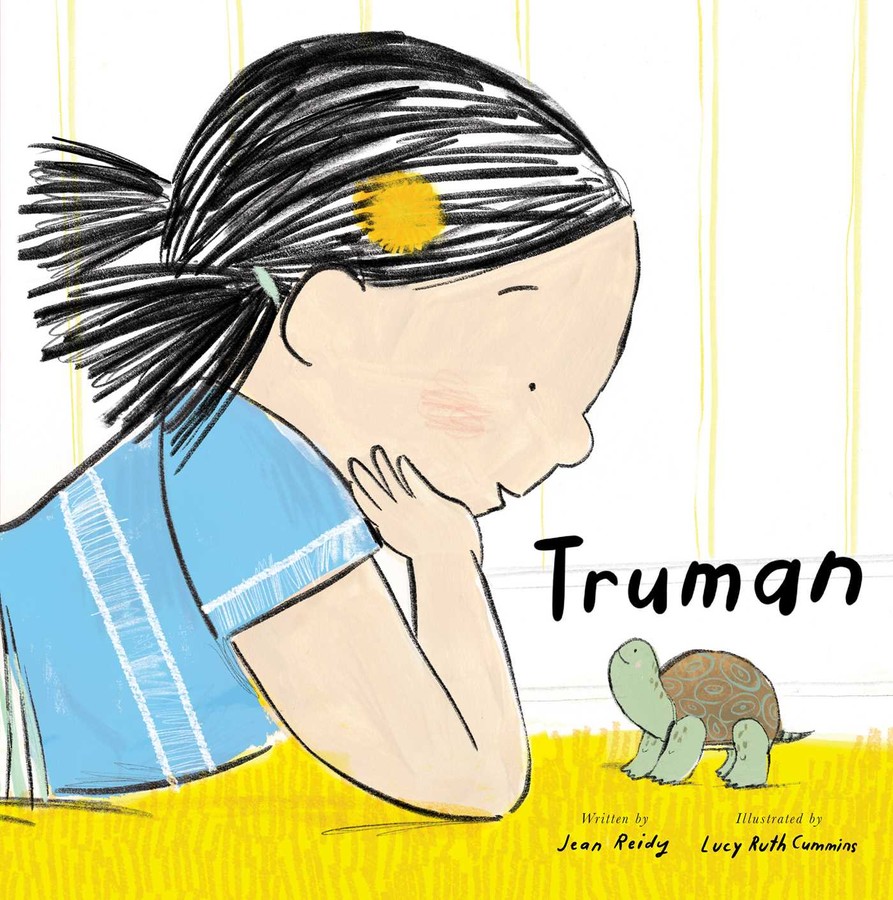
Bravery, independence and being excited about new experiences all happen on a two-way street. Sarah is somewhat of a solitary kid. She’s not a two-legged, shell-less version of a turtle, but there are some similarities. They’re both a little shy and are both about to embark on a paradigm shift to their lifestyle.
Until now, it’s just been Sarah and Truman all day. She’d feed him seven green beans each day. He would lie on the floor while she colored and life was simple, slow and just the two of them. One day she gives him two extra beans, reminds him to be brave and closes the door. This of course, freaks out Truman out because her backpack, she’s dressed up more than usual and she was a tense (she’s never tense)-something is wrong.
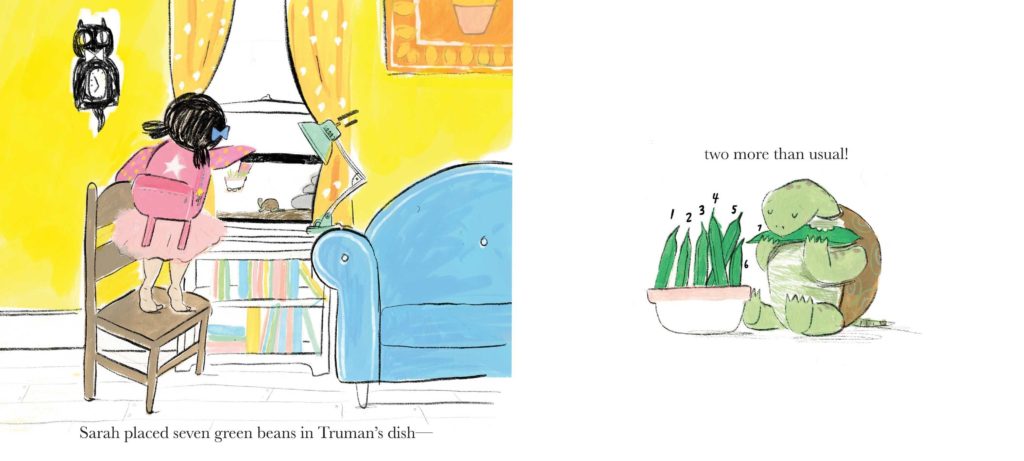
This leads Truman to go on a mighty quest to investigate what’s the problem with her today. Alas, Truman is in a glass container (as all good turtles are) and sometimes just getting from the piece of lettuce to the water can be challenging. What is a concerned turtle to do?
Be brave and explore things that you’re uncomfortable with, that’s the answer. That is just what Truman does. From a turtle’s perspective we see him explore, as much as he’s able to, on his rescue mission to see what’s become of Sarah.
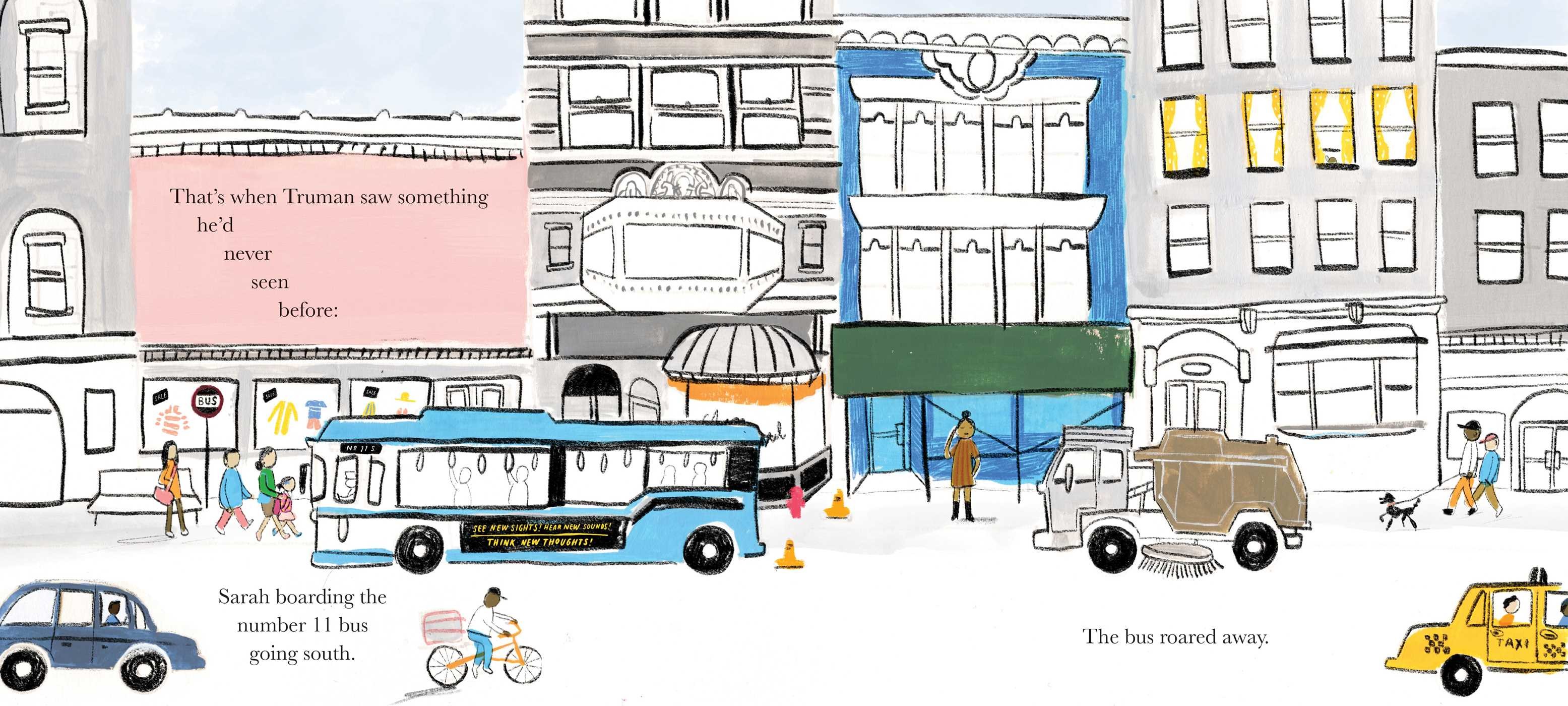
Truman works on so many levels as a children’s illustrated book. First up the art is immediately appealing. The vantage points that Truman sees and the emotions that his little turtle face convey will hook young readers. It hooked me and I’m far older than a young reader. The art is also great for this book. Some pages are corner to corner with color and landscape. Other pages are sparse and illustrate how big the room is relative to the Truman. The one constant is that the colors in the book are the colors. The colors are bright, with a slight retro hue that will remind older readers (me) of comic strips in the Sunday newspaper. However, they have that timeless vibe that will bring in elementary school readers.
Truman is a great, illustrated book with a timeless feel. It’s got lessons for anyone and will appeal to boys or girls aged 5 and up. Those in early through middle elementary will laugh at his adventures and those younger ones will relate to the new, scary experiences, like pre-K or kindergarten.
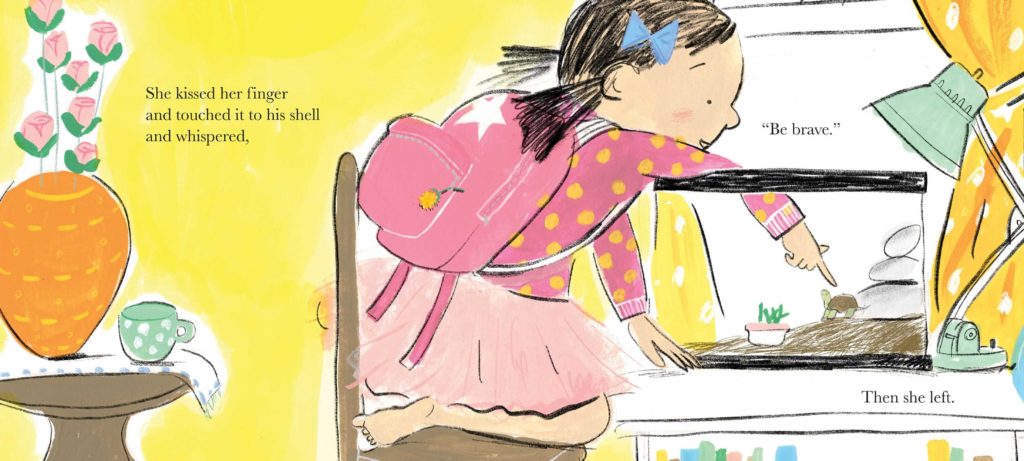
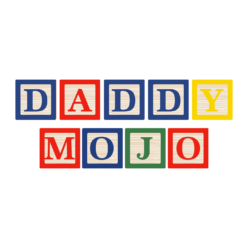

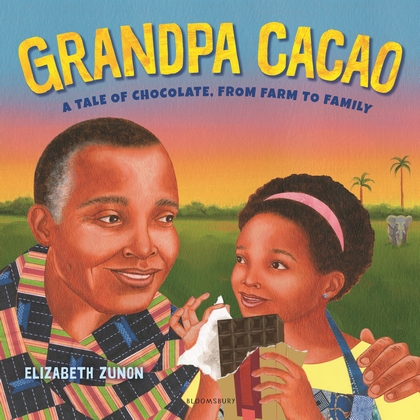
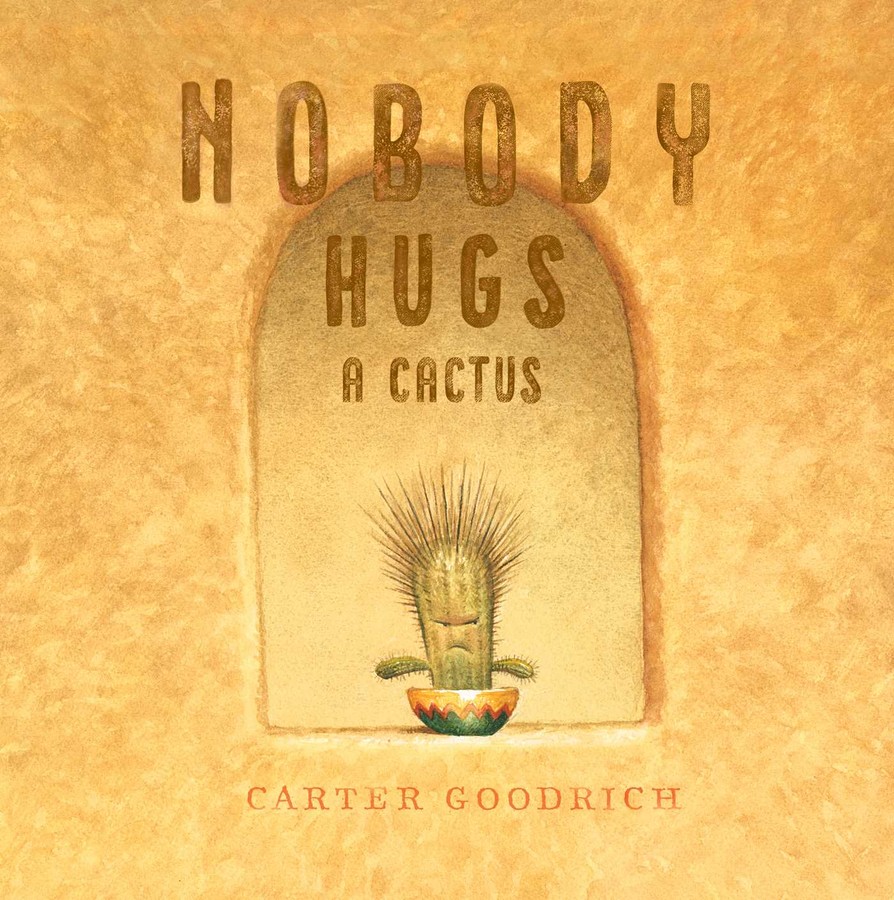
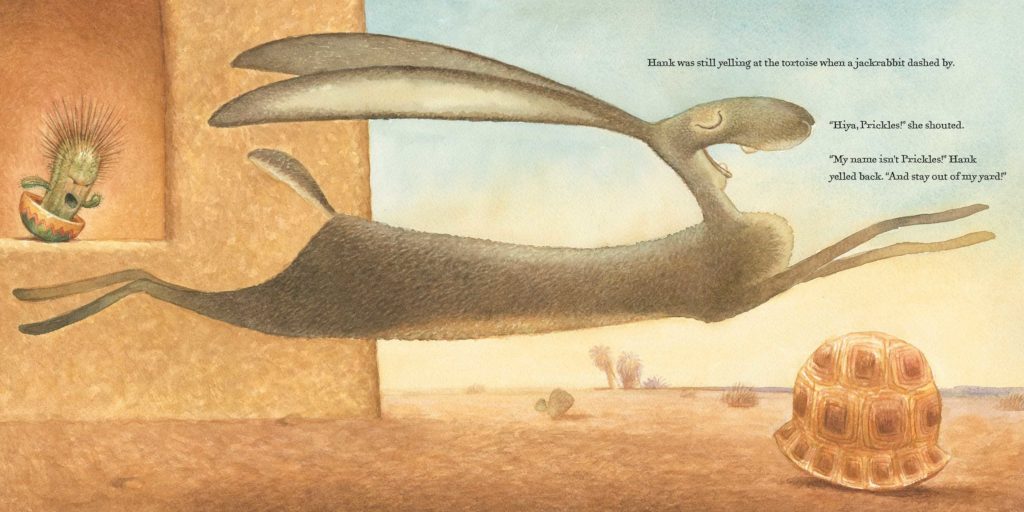
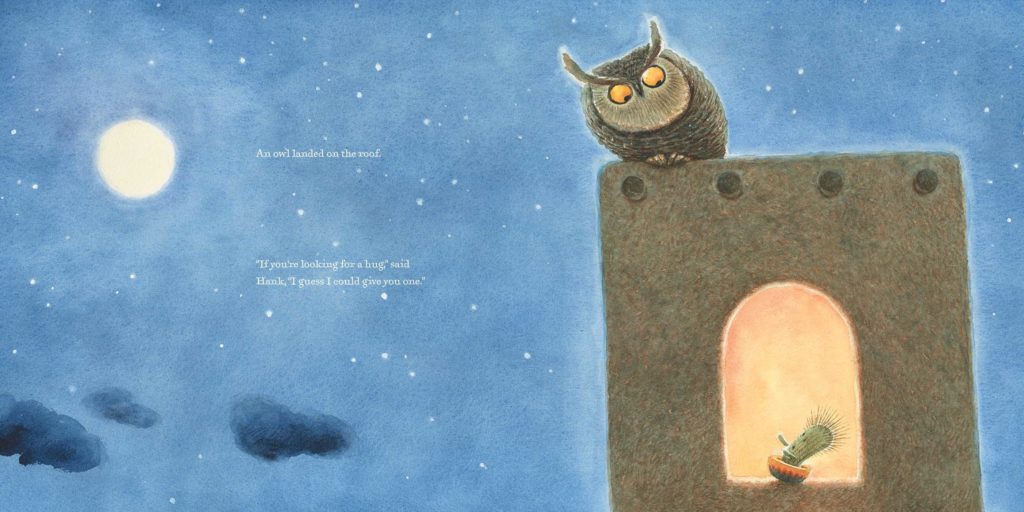
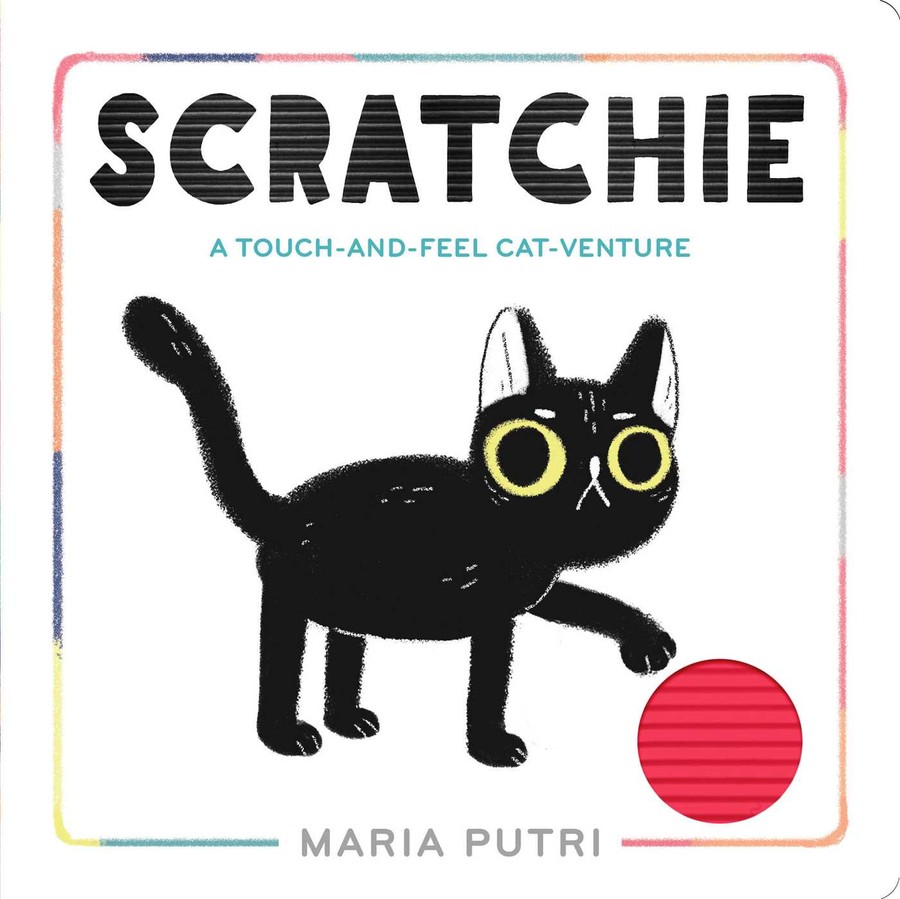
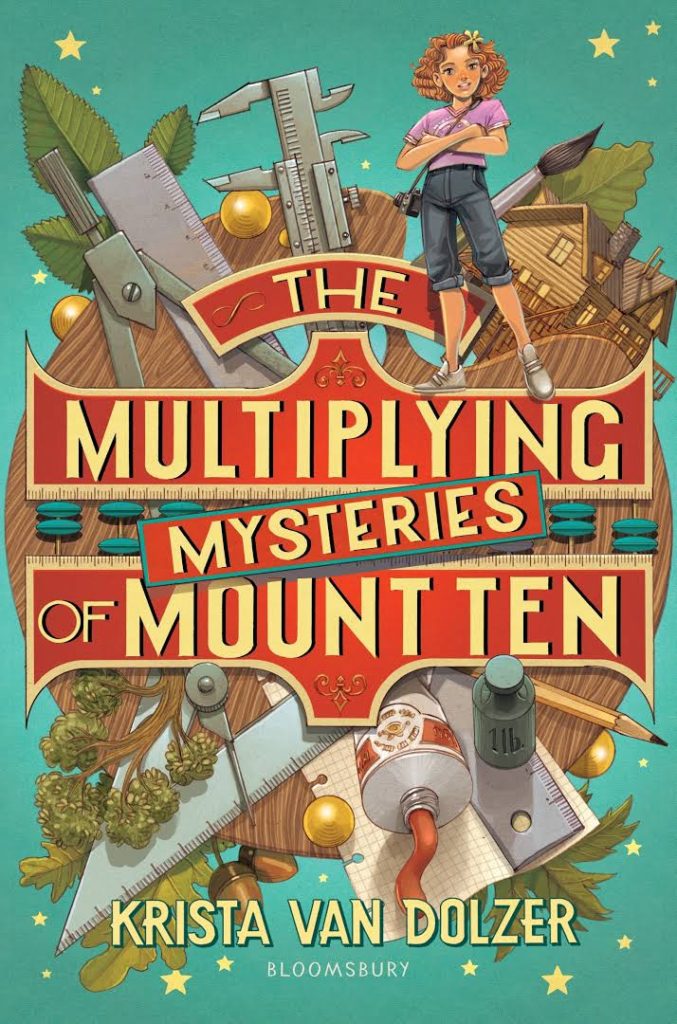

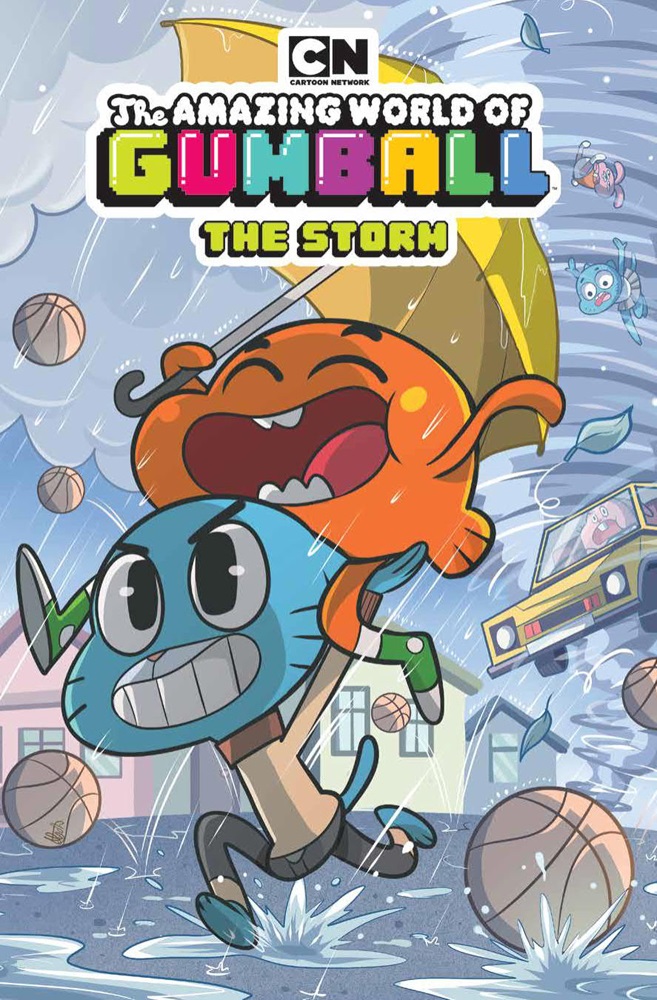
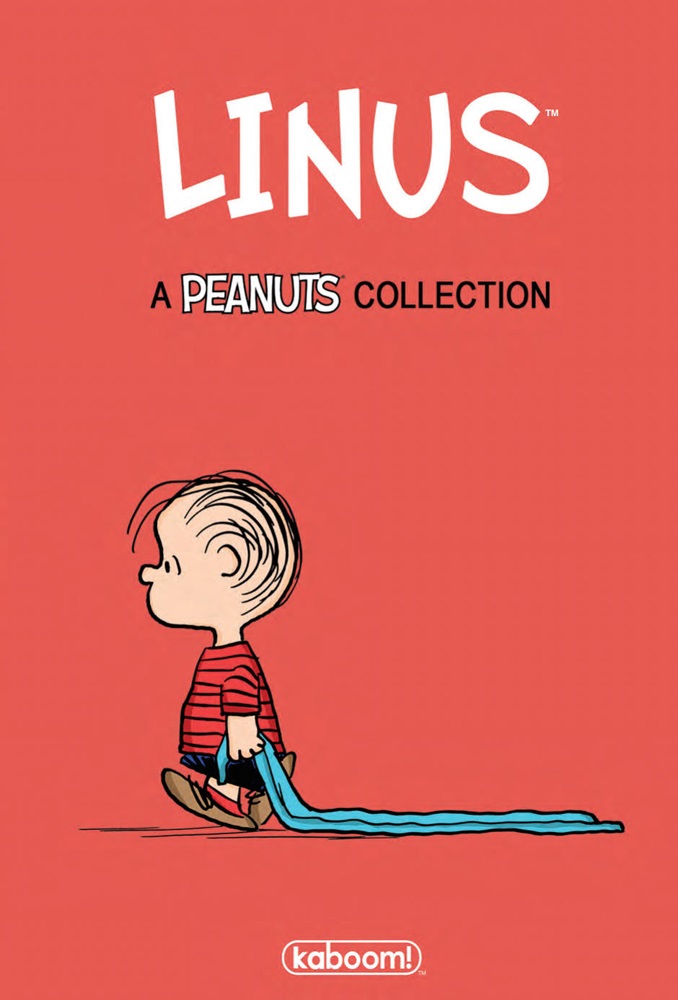
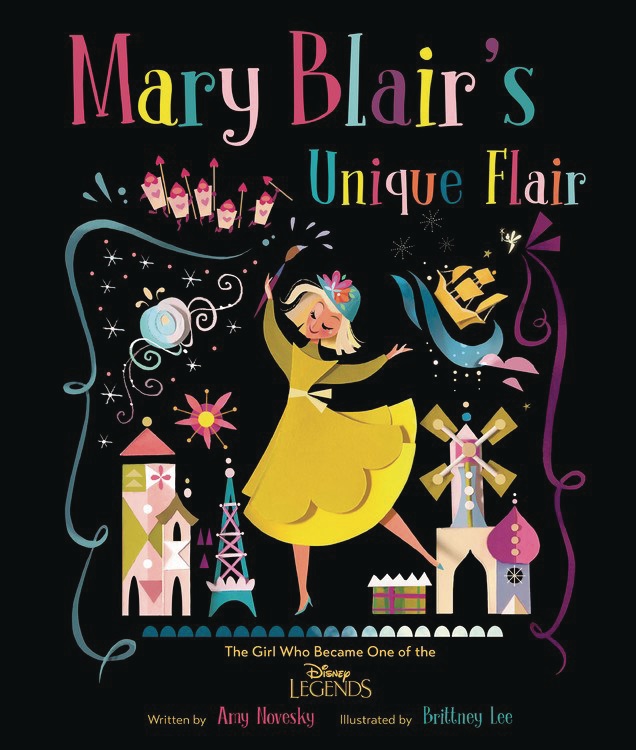
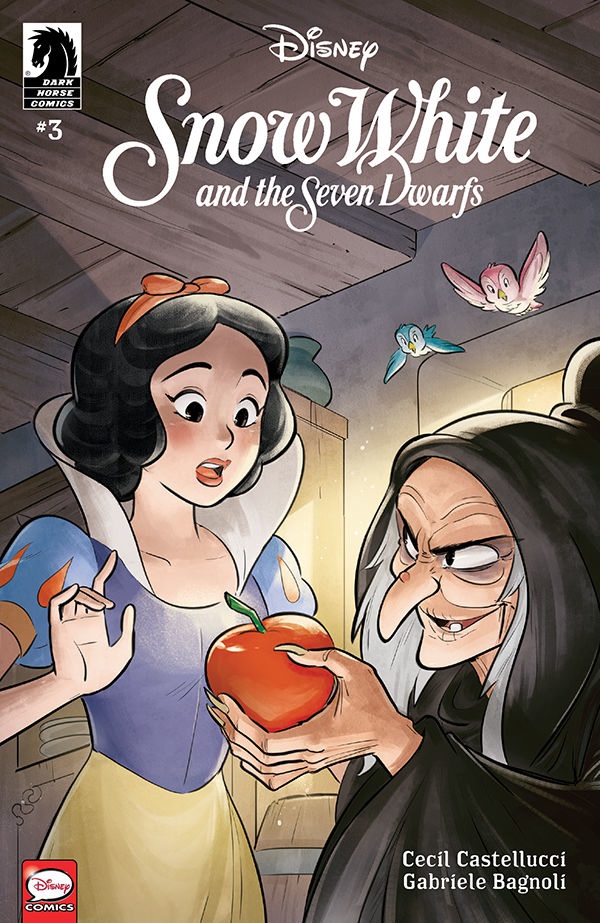
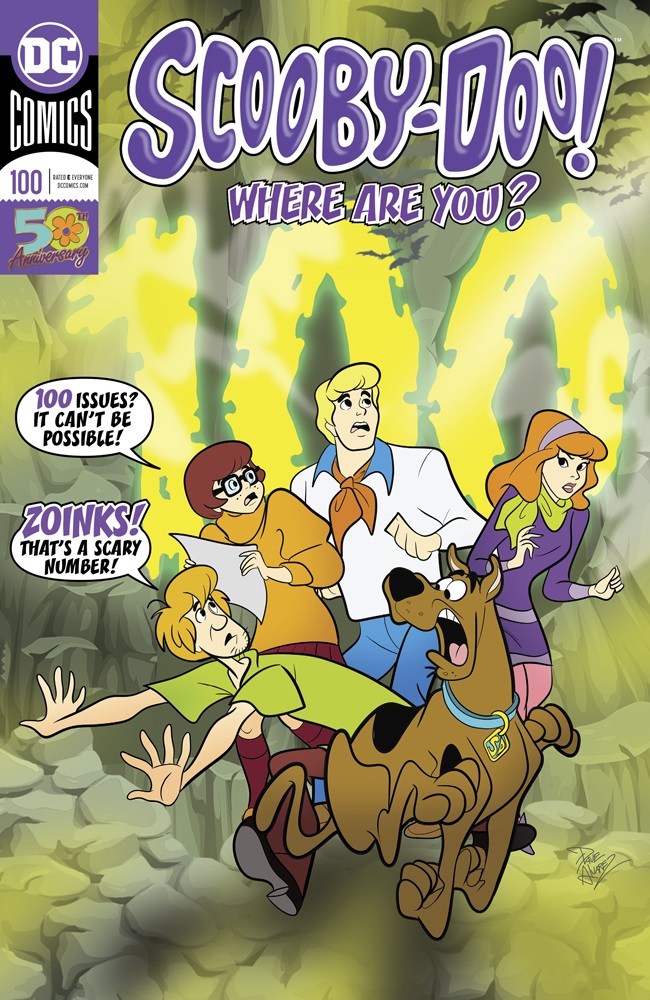
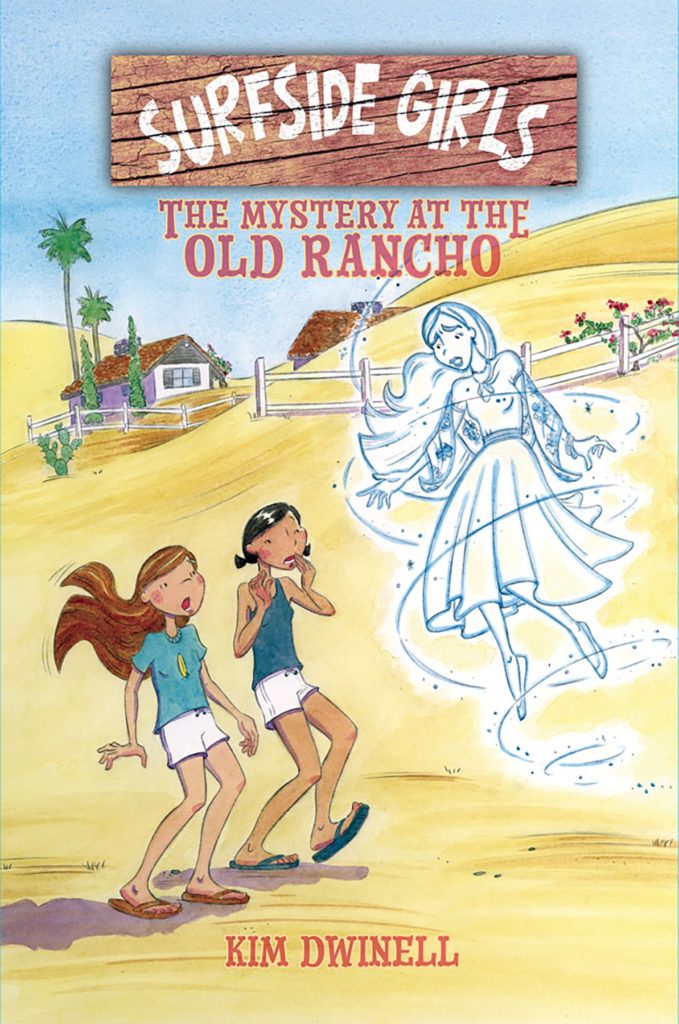
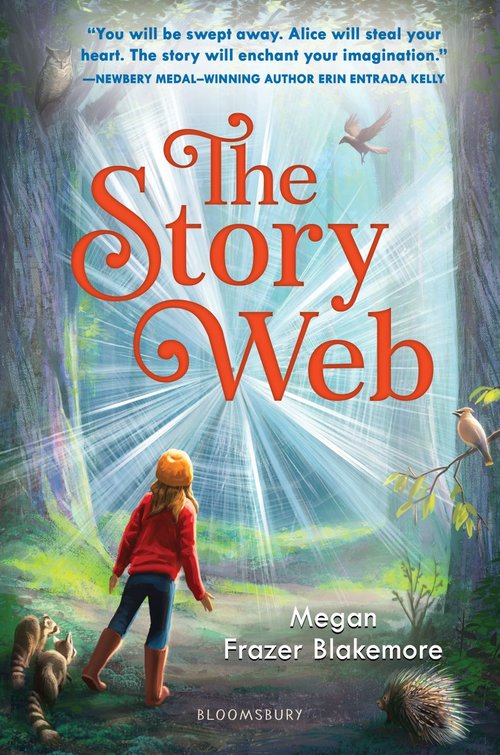
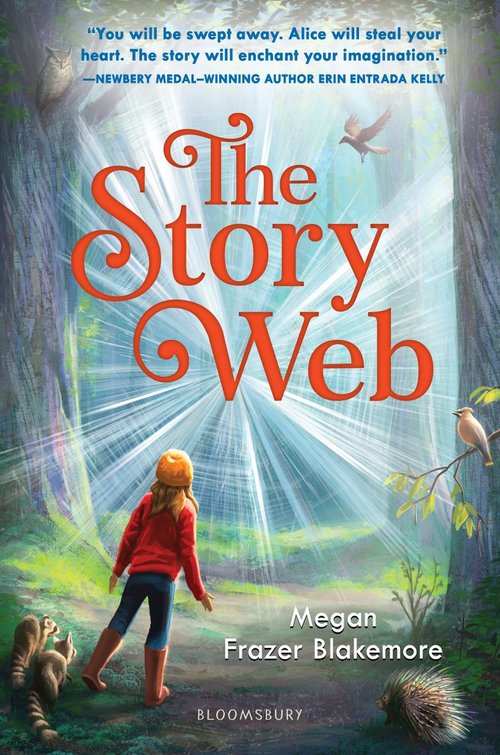
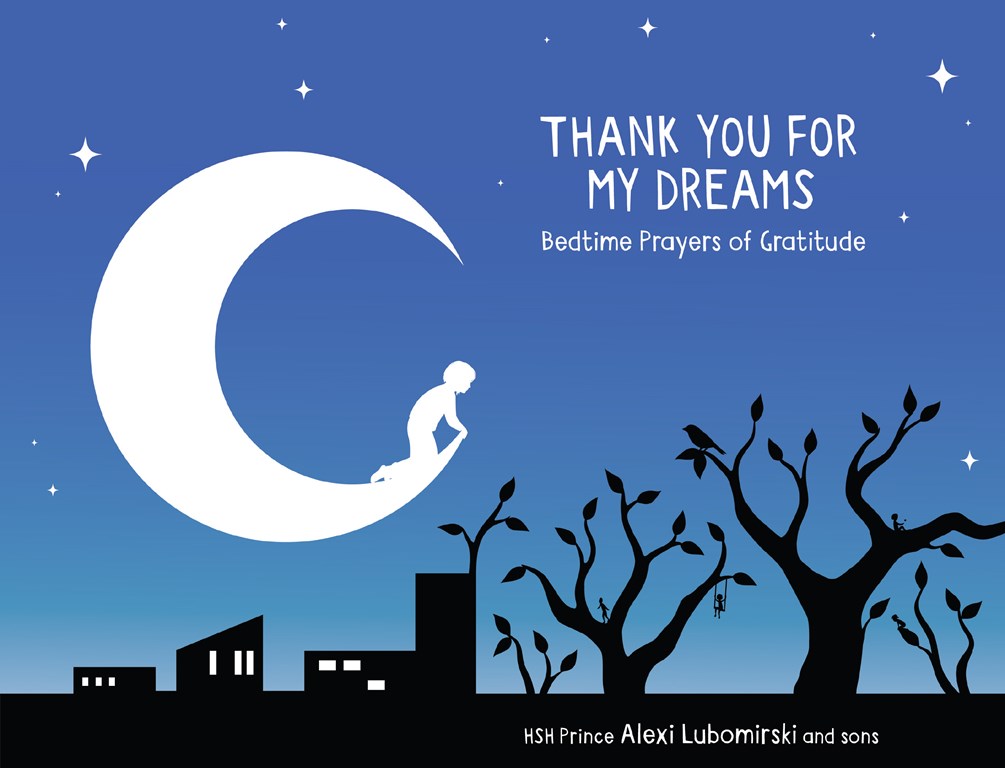
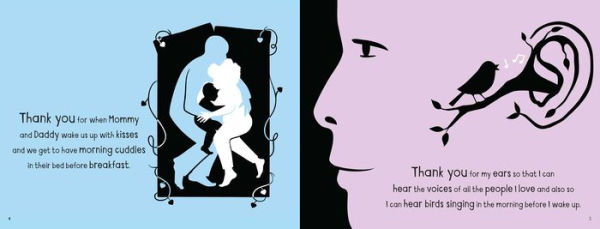



 Facebook
Facebook Twitter
Twitter Flickr
Flickr GooglePlus
GooglePlus Youtube
Youtube